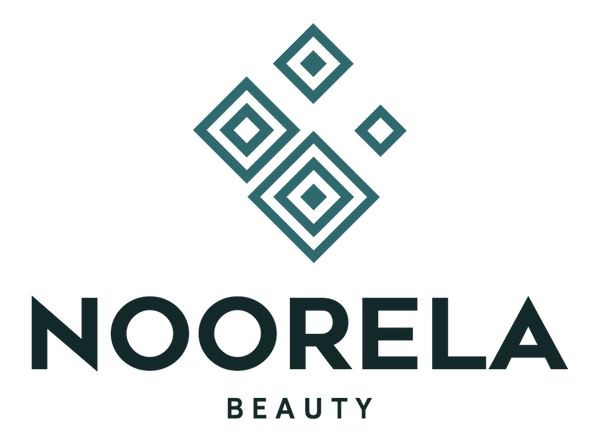
GUIDE TO CONTOUR BRUSHES: HOW TO SCULPT LIKE A PRO
Keywords: contour brush, face brush, brush set, highlighter brush, makeup brushes
In today’s beauty landscape, the contour brush has evolved from a backstage secret to a staple in everyday routines. Whether you're defining cheekbones or slimming your jawline, contouring enhances facial structure and adds dimension to your makeup look. But not all brushes are created equal — understanding what makes a good contour brush is the key to achieving professional results at home.
Why Contour Brushes Matter
Contouring isn't just about using darker shades — it’s about how you apply them. The wrong brush can lead to streaky lines, harsh patches, or a muddy finish. According to celebrity makeup artist Lisa Eldridge, “Your tools shape the outcome. The right brush can give you a sculpted look that still appears natural and soft.”
That’s where the face brush specifically designed for contouring comes in. Typically denser and shaped to follow facial curves, these brushes help diffuse pigment precisely where you need it.
What Makes the Best Contour Brush?
When choosing a contour brush, experts suggest evaluating the following:
1. Brush Shape
- Angled brushes are great for hugging cheekbones.
- Flat brushes work well for dramatic sculpting.
- Tapered brushes provide precision near the nose or jawline.
For example, dermatologist-tested contour brushes like those in the Allure Beauty Awards 2024 list were consistently tapered with soft, synthetic bristles to blend seamlessly without irritating the skin.
2. Bristle Type
- Synthetic bristles are ideal for cream and liquid contours. They're cruelty-free and absorb less product.
- Natural bristles can work well with powders, but they tend to be more porous and harder to clean.
💡 Tip: Vegan makeup brushes with cruelty-free fibers (like those from NOORELA’s Cloud Velvet Face Series) offer a skin-safe and ethical alternative without compromising performance.
3. Density and Flexibility
- Too stiff, and the pigment won’t blend.
- Too soft, and you’ll lose control over placement.
High-end brands like Rae Morris and Wayne Goss emphasize moderate density for blending control — a middle ground between fluffiness and firmness.
Should You Use a Set or a Single Brush?
If you’re a beginner or upgrading your routine, consider investing in a complete brush set that includes contour, highlighter brush, and face brush options. Sets ensure consistency in bristle quality, balance, and ergonomics.
Brands like NOORELA Beauty offer curated kits with specialized brushes for each step — from sharp contouring to featherlight highlighting — allowing users to recreate editorial-level looks at home.
Contour Brush vs. Highlighter Brush
While both brushes enhance facial structure, their design differs:
- Contour brushes are usually firmer and angled for precision.
- Highlighter brushes are fluffier, often fan-shaped, designed to apply shimmer softly across high points like cheekbones and brow bones.
Using the wrong one can disrupt your intended look. For example, applying contour with a fan brush might disperse the product too widely, losing definition.
Pro Tips for Flawless Contouring
- Always tap off excess product to avoid blotches.
- Start with a light hand and build gradually.
- Use circular motions to blend into the hairline for a natural finish.
Soft Pick: NOORELA’s Sculpt Veil Contour Brush
While this guide is all about your choice, we’d be remiss not to highlight a standout in the category: NOORELA’s Sculpt Veil Contour brush from the Cloud Velvet Face Series. With dual-density vegan bristles and a cloud-soft touch, it’s engineered for contouring, reducing product fallout and enhancing sculpting control.
Final Thought: Knowledge Is the Best Makeup Tool
The right contour brush doesn't just elevate your look — it boosts your confidence. As makeup continues to empower rather than mask, understanding your tools becomes an act of self-expression. Choose wisely, care for your brushes, and let your features shine.


